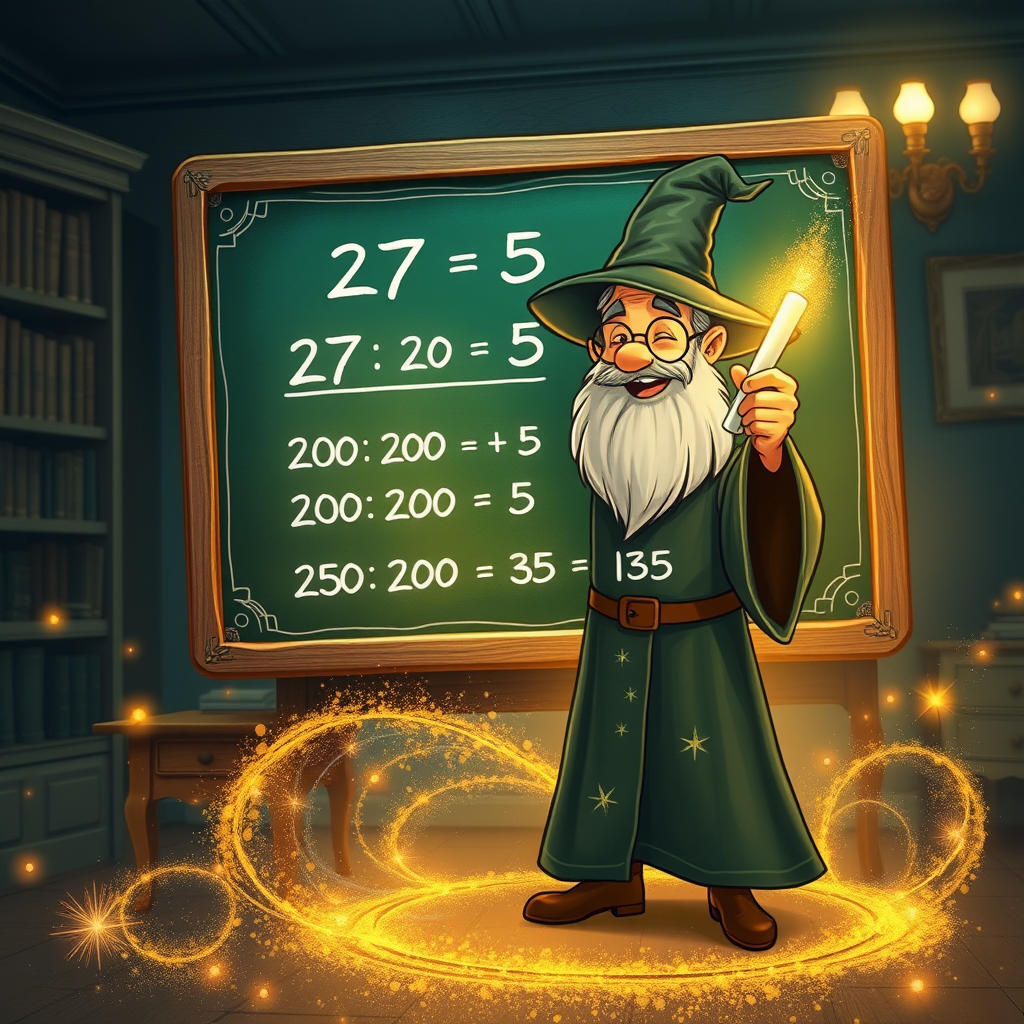Math has a way of shaping our world in surprising ways. The current record-holder for the largest known prime is a Mersenne prime, 2^82,589,933 − 1, discovered by the Great Internet Mersenne Prime Search in 2018. It boasts an incredible 24,862,048 digits and represents a class of primes defined as 2^p − 1 where p itself is prime. These primes are rare but fascinating for their elegant structure.
But the story doesn’t end there. Back in 1971, Stephen Cook published a groundbreaking proof demonstrating that the Boolean satisfiability problem (SAT) is NP-complete—an idea that launched the entire field of computational complexity. This discovery laid the groundwork for understanding why many puzzles, optimization problems, and encryption methods are inherently challenging.
What’s really cool is that both of these milestones connect the dots in the history of math and computing. Today, when we talk about prime numbers or speculate about the P vs NP problem, we’re walking through ideas that date back nearly 50 years. These concepts continue to influence everything from secure communications to algorithms that make our daily lives easier. Math isn’t just number crunching—it’s the backbone of modern technology, open to anyone curious enough to explore its secrets! 🔍
#Mathematics #PrimeNumbers #NPhard #ComputationalComplexity #TechHistory #MathMilestones

